6. Ink (2009, Jamin Winans)
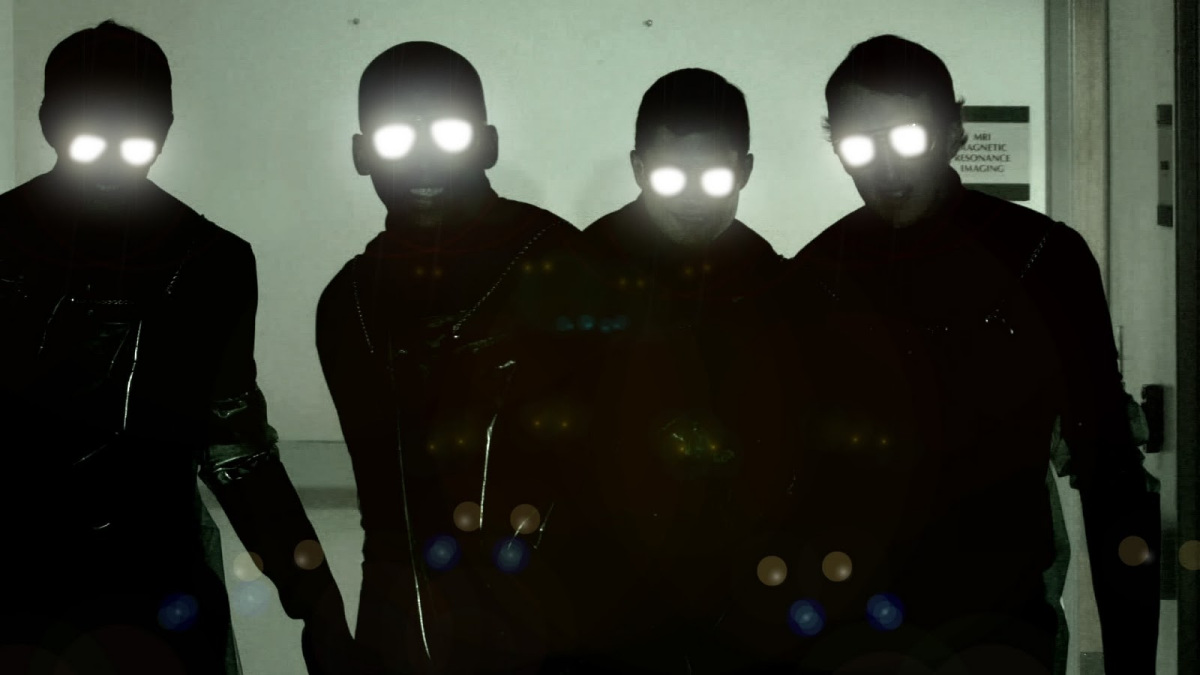
For a film that cost a fraction of what a medium to high profile indie film is made for, this film has the most creativity to spare. The visuals are arresting, the fight choreography is crisp, and the world building surrounding the narrative comes into focus like a beautiful bedtime story.
In broad allegorical strokes the plot follows the good guys that control dreams (Storytellers) as they war with those that cause nightmares (Incubi). This war of dreams brings about the fantastical nature of the film and some of the most well crafted set pieces.
When a rogue agent decides to steal the soul of a little girl, he upsets the balance and the Storytellers must save the girl’s soul, or she will die in the real world. Two narratives run parallel, that of the father in the real world with the girl who lost her soul, and that of the dream makers on another plane trying to rescue her from the rogue that took her. In a wonderful twist we see why all these disparate storylines connect.
This is a film that gives The Matrix a run for its money, and does it with no budget. It asks important questions about stories and dreams at the heart of the human condition. What are we when we sleep? What are stories for when we are awake?
7. Code 46 (2003, Michael Winterbottom)
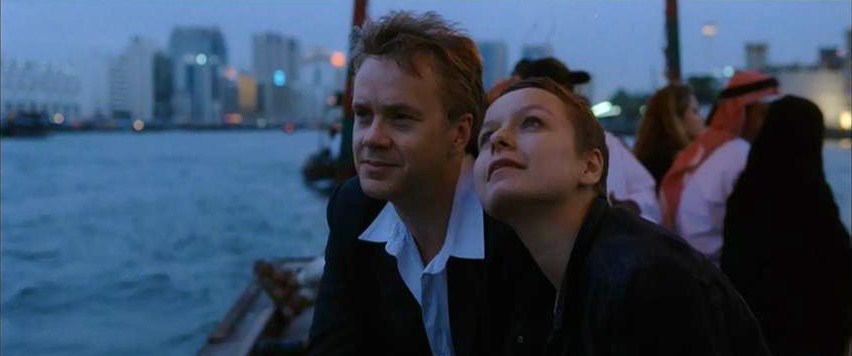
The title refers to a code forbidding the procreation of genetically similar people. Because of cloning in the future, genetic testing is needed to make sure cousins don’t make babies. This is only one of the complications in the vaguely dystopic future of the movie.
Language itself has become a combination of tongues: from English to French to Spanish to Chinese etc. The world has become so small, and yet so large, that mating has to be controlled, as does travel to different parts of the ‘inside,’ which is safe and full of technology, and the ‘outside,’ which can lead to a sweltering death in the heat of the sun.
Catastrophic events that lead up to the present of the film are not explained, but the main focus of the film is on a pair of lovers that cannot be together because they share too many genes. Bio-engineering, as we can see symbolically by the mingling of languages, has taken a toll on human culture and relationships.
Further manipulation comes in the form a “viruses” that help investigators discover truths about people, much like reading minds. All of this worldbuilding is in service to a star-crossed lovers story, which ends on a poignant note of commentary about the treatment of genders today and possibly in the future.
The man has his memory wiped, and a virus inserted to keep him from ever wondering what happened to the woman he loved. He then lives out his days with his first wife and kids. The woman and her illegitimate child are sent ‘outside’ the safety of cities into the bleached wilderness, with the memories of everything that happened.
8. Explorers (1985, Joe Dante)
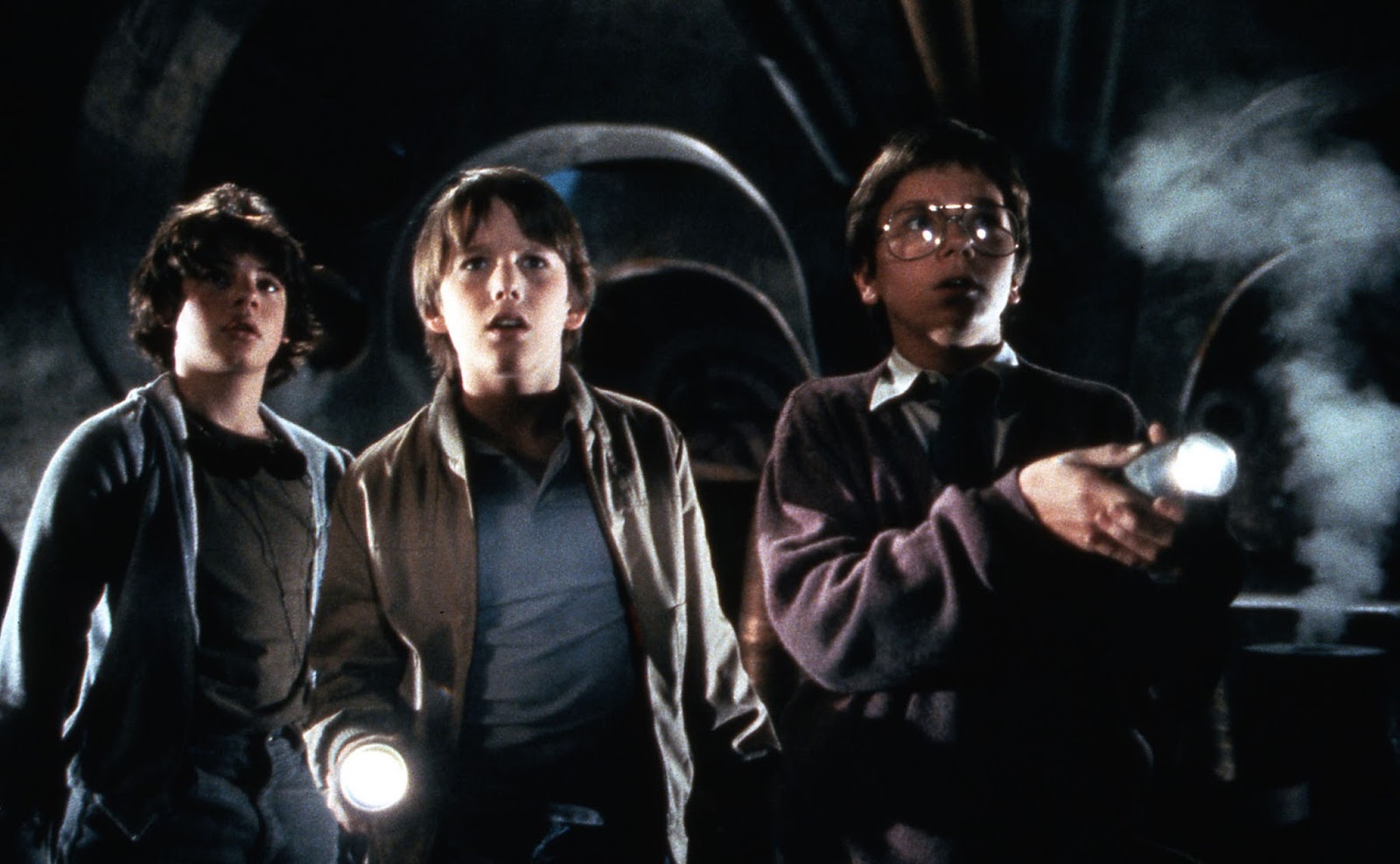
A film eclipsed by many other 1980’s films involving children and extraterrestrials, Joe Dante’s sweet film will give viewers longing for another season of Stranger Things something to hold them over. The movie involves three intrepid friends that discover a way to travel into the upper atmosphere without dying. They are actually given instructions by aliens in an attempt to discern if human beings are ready for first contact, or at least, to play with teenager-like aliens driving their parent’s spaceship looking for kicks.
This film was the acting debut of both River Phoenix and Ethan Hawke. Both play lonely boys with dreams both literal (the instructions for space travel circuitry) and metaphorical (all the boys have desires to escape their lives on earth). Throw in the obligatory nefarious government entities trying to stop or co-opt the boy’s inventions, and you have a typical 80’s fantasy.
In a unique twist, the aliens they finally meet speak English via old movie and TV clips. A distinction given to Bumblebee two decades later in Transformers. The film’s commentary on what American culture is being picked up in outer space by intelligent beings is played for laughs, but speaks to several concerns during the cold war resurgence of the 1980’s. In the end, the film is a lot like The Goonies in terms of adventure and heart.
Unfortunately the film bombed at the box office in the summer of 1985. Another famous sci-fi trip into the past capitalized on 50’s nostalgia better. But this film is still a wonder for kids to enjoy, and adults looking for something to dust off.
9. Innerspace (1987, Joe Dante)
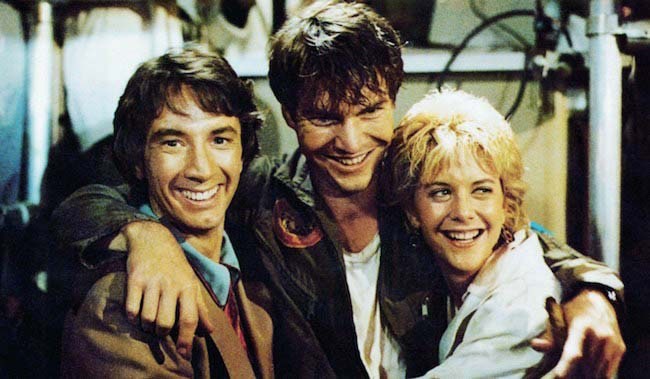
Another Dante film on this list, his works have been overshadowed, by his more popular efforts. While considered a moderate success at the box office, and winning an Oscar for visual effects, the film has languished with modern audiences, but as this list maintains, deserves a second look.
The film itself is a riff on The Fantastic Voyage from 1966. A technicolor marvel at the time, The Fantastic Voyage was more an interplanetary journey inside the human body in an effort to cure disease. Innerspace, by contrast, uses the miniaturization trope mostly for laughs.
If anything, watching this film, and the previous entry, helps viewers grasp what Dante was always about: government experiments and agencies gone wrong in the pursuit of science. Dante had a way, rarely seen since, of combining slapstick with suspense and intrigue. This film is quintessential 80’s from its soundtrack, to Martin Short dancing like he’s possessed.
Dante’s film follows Navy pilot Dennis Quaid as he maneuvers through Martin Short’s body in an attempt to make it back out after an evil group of scientists steal the technology in hopes of making money off it. The crackling adventure pays less attention to the science behind the miniaturization if favor of Quaid’s subsequent adventures through veins and organs.
What the film offers is a unique dual narrative of Quaid and Short symbiotically helping each other through their respective arcs. A fun family film that may be a primer for getting younger kids into the thrills of sci-fi.
10. Europa Report (2013, Sebastián Cordero)
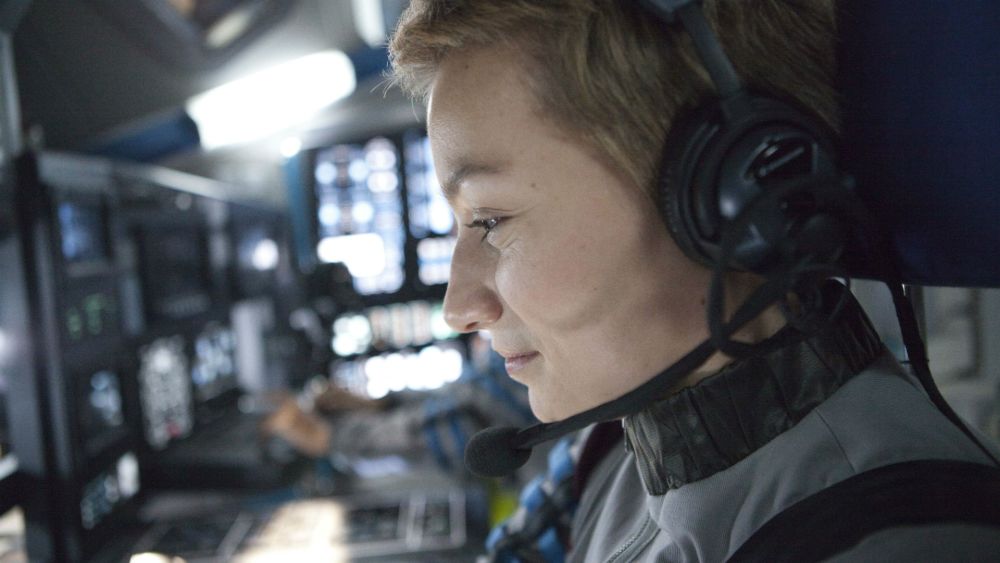
This film gives space exploration the found footage treatment, and the results are thrilling, even after you realize you are watching a crew of astronauts go about their daily routines. That those careful routines bring about disasters in deep space is part of the cautionary tale the movie tells.
In the first heartbreaking loss to the crew, tragedy strikes when the cold simple fact that air recycles in the spaceship, and humans need air rears its mundane head. Tiny particles of dangerous chemicals could kill the crew if let inside by an astronaut spacewalking to fix part of the ship damaged by a sunstorm. Those little particles would spread throughout the air and suffocate all on board. The astronaut sacrifices himself for the mission and floats off into space to die alone.
This first chain of disasters is just one of the nods to other sci-fi films (War of the Worlds and the dangers of small bacteria) that Europa Report inserts into the narrative. What starts out as a mission to study new life turns into a horror show as the elements, not the new life forms, start picking off the crew one by one.
The denouement becomes less about survival and escape, than about the information being sent back to earth as a warning and confirmation of the discovery of new life. This film becomes like a coda to 2010: The Year We Make Contact, and of course, as all good sci-fi tells us, when we do not stay away or heed the warnings, we will perish because of it.
What this film, as all the others on this list, suggests, is that the future might not look so uncommon as the world does today. From wars to bacterias, cults and science run amok we would do well to take caution when exploring new worlds and new technologies. All good sci-fi shows us who we are today and asks us to consider answers to questions we already have.